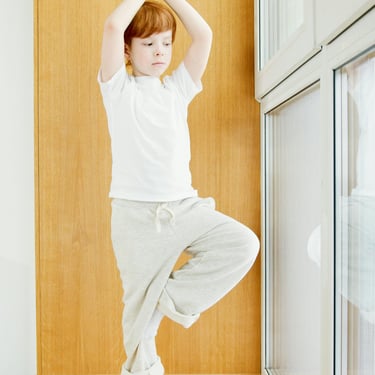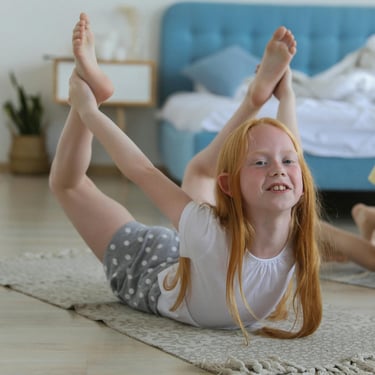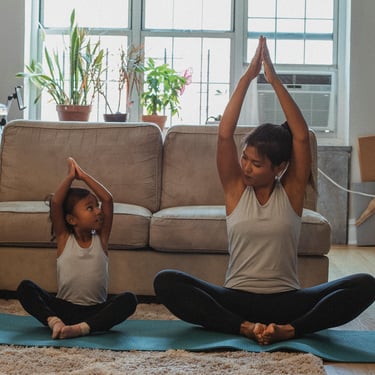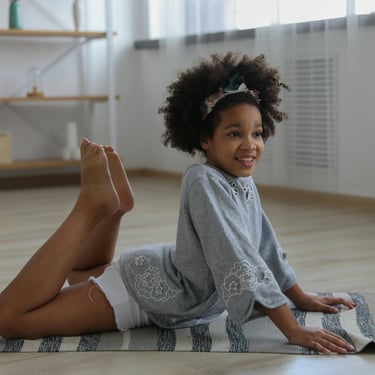Yoga to Help Calm Autistic Children
Children with autism often experience sensory sensitivities that can make it challenging to self-regulate emotions and behaviors. While going for a walk can be an excellent way to help a child decompress, it isn’t always an option. Try Yoga.
W. Love
2/12/20253 min read
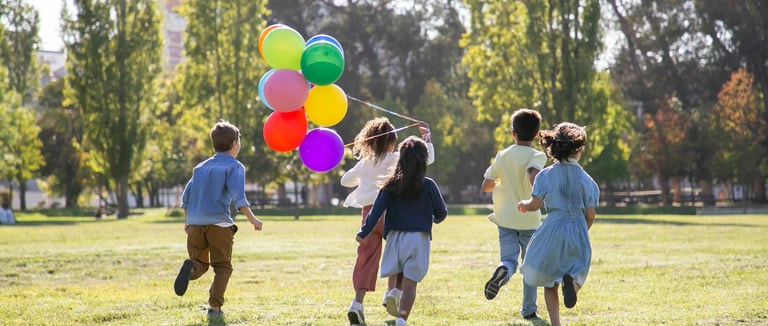

A sensory-seeking child is like cookie dough in an oven set too high. At first, everything seems fine—the ingredients are mixing, the dough is forming, and the anticipation of something wonderful is there. But as the heat rises too quickly, the dough starts to spread unevenly, bubbling over in places, crisping at the edges while the center remains soft and unsteady. The overwhelming heat—too much noise, too many lights, unexpected textures—makes it hard to hold shape. But with the right adjustments—lowering the temperature, giving space to rise, adding just the right ingredients of calm and structure—the dough bakes into something balanced, warm, and whole. Sensory regulation is like perfecting a recipe: with patience and the right tools, every child can thrive at their own pace.
Children with autism often experience sensory sensitivities that can make it challenging to self-regulate emotions and behaviors. While going for a walk can be an excellent way to help a child decompress, it isn’t always an option. That’s why having a toolkit of calming sensory activities is essential for preventing meltdowns.
Here are some effective sensory-friendly activities, including yoga poses, that can help autistic children find balance and calm:
1. Yoga for Self-Regulation
Yoga is a powerful tool for children with autism, helping to improve coordination, focus, and emotional regulation. Specific poses can be particularly effective in reducing anxiety and promoting body awareness:
Child’s Pose (Balasana): A deeply calming posture that helps relieve stress and provides gentle pressure to the body.
Downward Dog (Adho Mukha Svanasana): Encourages full-body awareness while offering a grounding sensation.
Butterfly Pose (Baddha Konasana): Helps release tension in the hips and promotes relaxation.
Tree Pose (Vrksasana): Improves balance and focus, supporting attention span development.
Incorporating yoga into a child’s daily routine, even for just a few minutes, can help build emotional resilience and self-soothing skills.
2. Deep Pressure Activities
Many autistic children find deep pressure input comforting. Here are some ways to provide this type of sensory support:
Weighted Blankets or Lap Pads: The added pressure can create a soothing effect similar to a hug.
Tight Hugs or Compression Clothing: Some children find comfort in snug clothing or gentle squeezes.
Rolling Up in a Blanket: This can mimic a calming “cocoon” effect, helping children feel secure.
Deep pressure activities can be especially helpful for children who experience sensory overload and need grounding techniques.
3. Breathing Exercises and Mindfulness
Teaching controlled breathing exercises can be a game-changer for children who struggle with emotional regulation. Simple breathing techniques include:
Balloon Breathing: Encouraging children to take slow, deep breaths while imagining inflating a balloon.
Counting Breaths: Inhale for four counts, hold for four, and exhale for four.
Blowing Bubbles: This is a fun way to practice controlled breathing while engaging in a playful activity.
Mindfulness and breathing techniques help children redirect their focus and gain control over overwhelming emotions.
4. Sensory Play for Relaxation
Engaging the senses through touch, sound, and movement can provide a calming effect. Some excellent sensory activities include:
Playdough or Kinetic Sand: The soft textures offer a relaxing sensory experience.
Water Play: Running hands through warm or cool water can be soothing.
Fidget Toys: Objects like stress balls, putty, or chewable necklaces provide oral or tactile stimulation.
Sensory play helps autistic children self-regulate by offering a focused and engaging activity that promotes relaxation.
5. Gentle Movement and Rocking
If a walk isn't possible, movement-based activities can still provide similar calming effects:
Swinging in a Sensory Swing: Rhythmic motion is soothing for many autistic children.
Rocking in a Chair or Exercise Ball: Gentle back-and-forth movement helps create a sense of calm.
Dancing or Spinning: Some children find joy and sensory relief through spinning movements.
These activities can be incorporated into daily routines to help children manage stress, transitions, and sensory overload.
Having a set of sensory activities available allows caregivers to help autistic children regulate emotions, reduce anxiety, and feel safe in their environment. Whether it’s yoga, deep pressure input, mindful breathing, or sensory play, these tools can provide comfort when other calming methods like outdoor walks aren’t an option.
By incorporating these strategies into daily routines, parents and caregivers can support their child’s emotional well-being and sensory needs, creating a more peaceful and supportive atmosphere.
